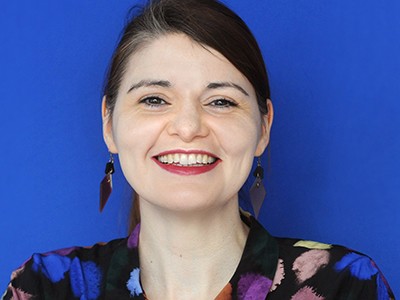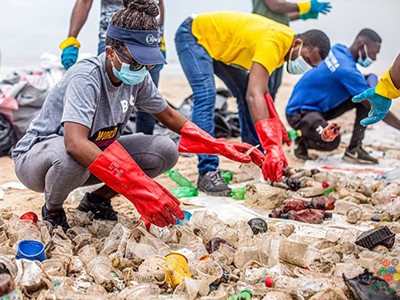We are living through a global freshwater crisis: in 2014, humanity used five times as much water as it did in 1914 and supplies are dwindling fast in many countries (see go.nature.com/4mg4dnt).
Water contamination only makes the problem worse. In the past two years alone, swathes of the United States, Europe and Africa have been hit by a combination of catastrophic floods and severe droughts, both of which worsen water quality. Floods wash chemicals and pathogens into rivers and lakes, and droughts concentrate these contaminants, making bathing waters unsafe to swim in and necessitating intensive treatment of drinking water.
Citizen scientists can be chemists: give them a chance
As director of science and policy at Earthwatch Europe, a non-profit environmental organization, I’ve witnessed at first hand how difficult it is to reliably monitor water quality and measure progress towards universal access to safe water and sanitation (Sustainable Development Goal (SDG) 6).
As a scientist, my approach for addressing any challenge is to research it. I gather and analyse data, and try to understand the problem and design solutions. But the global freshwater crisis feels overwhelming: how can we monitor freshwater bodies globally and identify pollution hotspots so that we can hold polluters accountable?
The answer, I think, is citizen science — the public’s active involvement in research. By enabling communities to monitor their local waters using simple test kits, we can better understand the threats to our freshwater systems and collectively advocate for action. This two-way exchange educates and empowers individuals and simultaneously generates data on a scale scientists can’t achieve alone.
Citizen scientists have already demonstrated their ability to provide extensive, accurate and timely information on water quality at a national level. In the United Kingdom, Earthwatch Europe’s Great UK WaterBlitz events — four-day campaigns in which volunteers assess nitrate and phosphate nutrient pollution in their local rivers, lakes and ponds — have mobilized thousands of people. In one weekend in April 2025, nearly 8,000 citizen scientists collected 4,000 surveys. Given that the UK Environment Agency seeks to increase the number of water-industry inspections from 10,000 in 2025–26 to 11,500 in 2026–27, it’s easy to see how reliable data from citizen scientists could be used to help uncover regulatory non-compliance, improve the performance of water companies and identify pollution sources.
Data on SDGs are riddled with gaps. Citizens can help
In Sierra Leone, Earthwatch Europe and the United Nations Environment Programme’s GEMS/Water initiative — through the World Water Quality Alliance — has equipped citizen scientists with the tools needed to collect data on the proportion of rivers and lakes with good water quality. By integrating citizen-science data into official monitoring efforts, Sierra Leone’s National Water Resources Management Agency has almost doubled the number of water bodies it can assess (see go.nature.com/3v2f6cd), contributing to SDG indicator 6.3.2.




